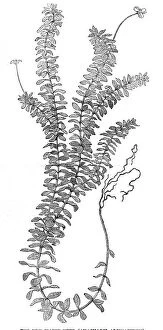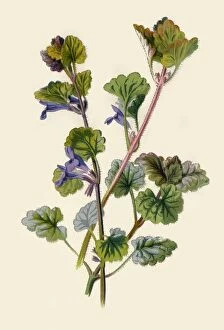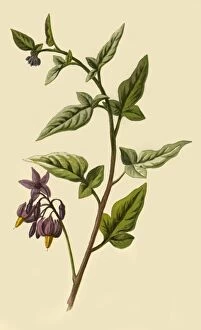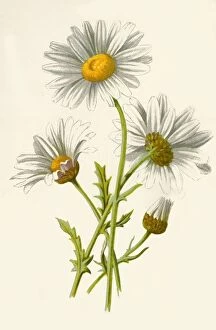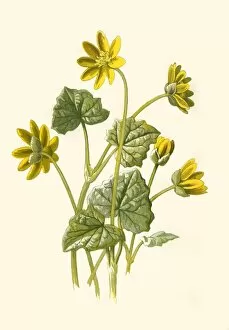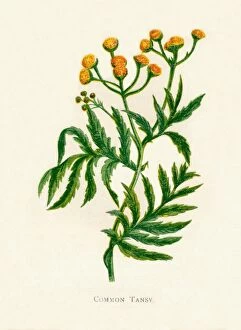Invasive Plant Collection
Amidst the vast wheat fields of Umatilla County, Oregon, in 1939, Russian thistle, a notorious invasive plant, intertwines with barbed wire fences
For sale as Licensed Images
Choose your image, Select your licence and Download the media
Amidst the vast wheat fields of Umatilla County, Oregon, in 1939, Russian thistle, a notorious invasive plant, intertwines with barbed wire fences, showcasing the relentless battle between agriculture and nature. In contrast, a century earlier, native plants like Ground Ivy, Woody Nightshade, Ox-Eye Daisy, and Lesser Celandine gracefully adorned the landscapes captured by Frederick Edward Hulme's lens. Fast forward to today, as we continue to grapple with invasive species, let us remember the delicate balance between native and introduced flora, as depicted in these historic images. Meanwhile, in a different realm, the majestic Great Egret (Ardea alba) stands tall, displaying its grace and elegance, a reminder of the beauty that coexists alongside the challenges.



